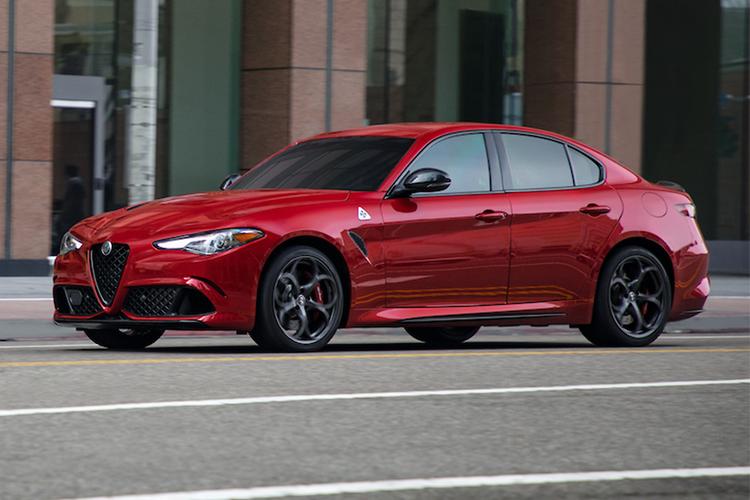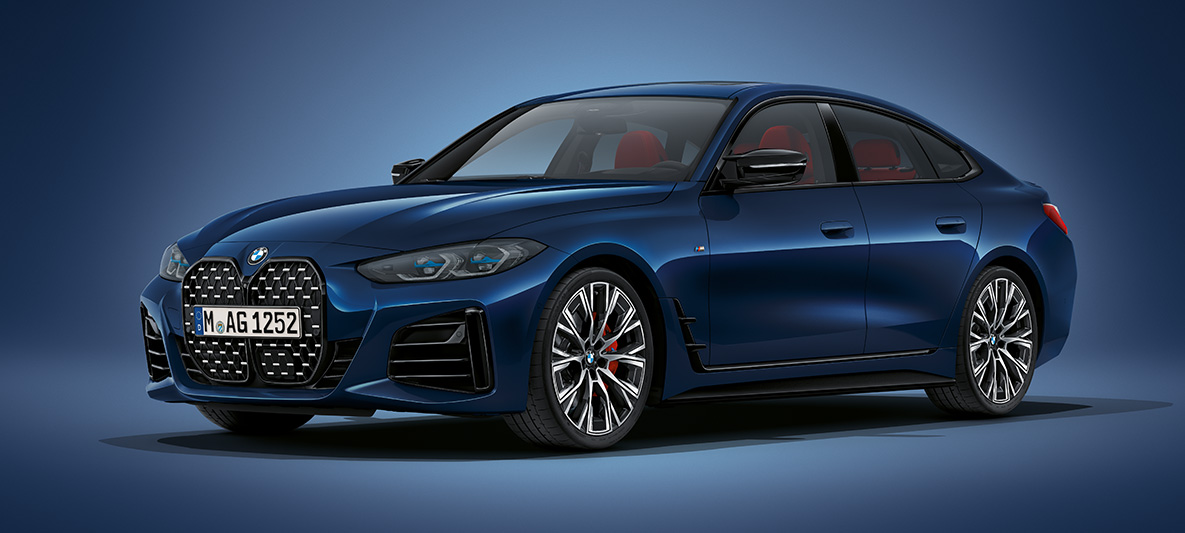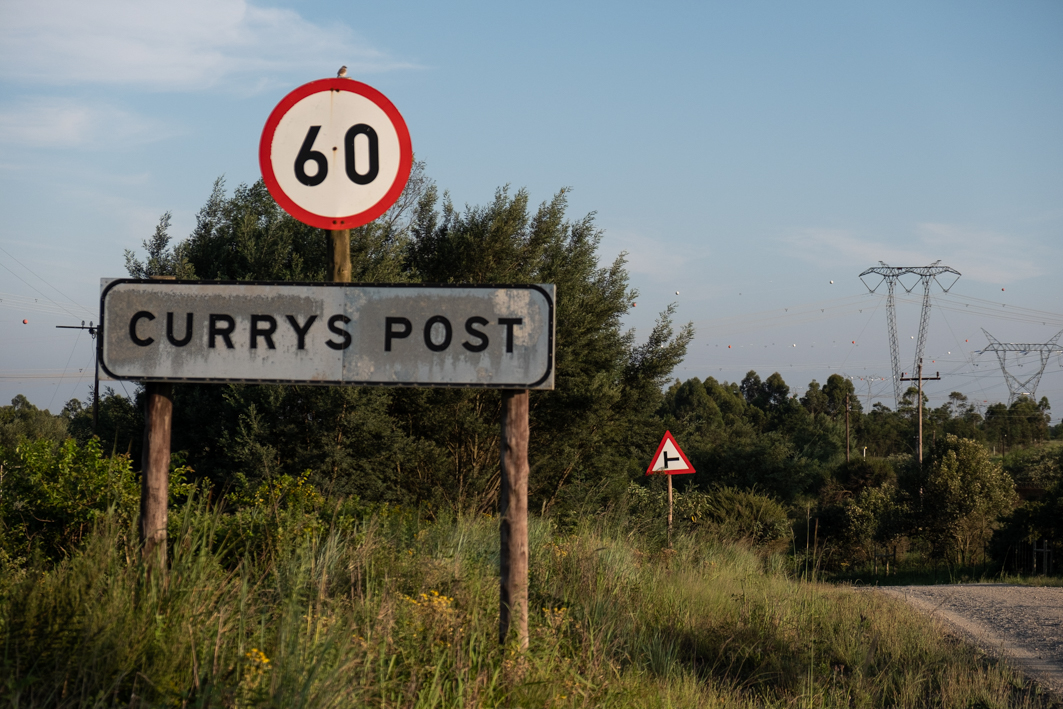All Captain Yossarian wanted was to complete his tour of duty and be sent home. The paranoid and decidedly odd Yossarian pleaded with Doc Daneeka to ground him on the basis of his insanity. Doc Daneeka’s reply was that Yossarian’s appeal is useless because – according to army regulation Catch-22 – insane men who ask to be grounded prove themselves sane, because they’re concerned for their personal safety.
Truly crazy people are those who readily agree to fly more missions.
The only way to be grounded is to ask for it. Yet when you do, it proves you’re sane and can thus continue flying. Crazy or not, Yossarian is stuck.
What has this to do with our motor industry, you ask?
Well, the Government plans to introduce a “green tax”, which will apply to vehicles that produce more than 140g of CO2 a kilometre. It has been recommended that the existing ad valorem excise duties on motor vehicles be adjusted to incorporate CO2 emissions as an environmental criterion from March 2010.
It’s all very laudable, as improved fuel efficiency has been highlighted as important in curbing the growth in greenhouse gas emissions.
But here’s the irony. South African fuel is only Euro II compliant, so South African manufacturers and importers cannot use their new-technology and fuel-efficient engines that need Euro IV-compliant fuel. And there’s little incentive for South African fuel companies to upgrade their facilities to produce cleaner fuels. In fact, it will cost the industry R20 to R40 billion, and take up to five years from the day Government announces the new fuel specifications to the day it’s available at the full supply chain, said BP’s Chris Lockett at a recent press conference in Johannesburg.
This is also true for diesel vehicles. For instance, low sulphur diesel (less than 50ppm) is available at fewer than 10% of fuel service stations countrywide.
Toyota’s Johan van Zyl pointed out recently that Toyota South Africa is in fact manufacturing Euro IV-compliant engines in its Durban factory, but only for export, as the fuel these need is not available locally.
Another bit of irony is that the old technology engines are actually more expensive than the new power plants, because volumes drop and manufacturers thus lose the economies of scale that large-volume production offers.
So while manufacturers in principle accept that this is the direction in which to go to reduce emissions, they also feel it’s not fair to tax the industry – and therefore the consumer – when the right quality of fuel isn’t available.
Yes, the consumer, because who do you think is going to pay the taxes? It will merely be passed on.
You cannot blame the fuel industry for dragging its heels. To produce cleaner fuels needs huge investments. To get a return on those investments, fuel companies will need more motorists to think green and buy vehicles that use clean fuels. And manufacturers cannot sell green vehicles if there’s no green fuel.
It’s Catch-22.
On another subject.
Have a look around how many motorists tend to only switch on their indicators when it’s no longer necessary, like when they’re already stopped in the only-right lane. In a great many cases you’ll see the brake lights and indicator come on simultaneously, as if they’re linked.
I’ve often wondered if it’s a consequence of the K53 test procedure, which requires aspirant drivers to check all mirrors and blind spots with enough head-turning to satisfy the test official – before they even activate the indicator.
Anyway – motorists will do well to remember it’s an indicator, not a steering release…







